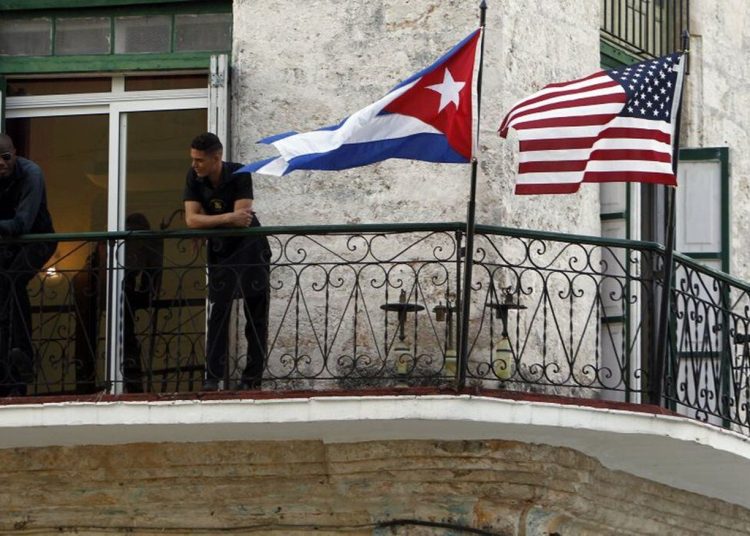Cuba and the United States are holding this Tuesday a new round of migration talks to review compliance with their bilateral agreements.
The meeting, in Havana, will have two working sessions and will bring together some fifteen representatives of different Cuban agencies and more than twenty of their U.S. counterparts, according to sources consulted by Efe.
Hoy en @MinrexCpi tendrá lugar la Conferencia de Prensa sobre Ronda de Negociaciones de Conversaciones Migratorias entre #Cuba y EE.UU., por viceministro @CubaMINREX, @CarlosFdeCossio.https://t.co/siGMZy7WBy@RebecaHdezT @AntonioPubillo1 pic.twitter.com/4cEjO9msDJ
— Centro de Prensa Internacional (@MinrexCpi) November 14, 2023
This is the fourth meeting on migration between the two countries since the arrival of Biden to the presidency. It comes at a time when thousands of Cuban migrants are trying to reach the US, mainly.
Despite the sanctions and the inclusion of Cuba in the list created by Washington of countries that sponsor terrorism, bilateral collaboration has increased progressively in the last two years, the Spanish agency points out.
More than 52,000 Cubans with parole
So far this year, more than 52,000 Cubans have received parole to enter the United States legally, out of the hundreds of thousands who have applied for it in the 11 months it has been in force.
In parallel, the U.S. has returned around 4,000 people to Cuba.
In 2022, more than 313,000 Cubans arrived by land in the U.S. and several thousand by sea. Most of them were returned. In addition, the US representation on the island issued more than 20,000 non-immigrant visas.
The Cuban government maintains that Washington is largely responsible for the strong Cuban migration to the United States due to the application of multiple sanctions that are weighing down the economy.
It also criticizes what they consider to be “incentives” for emigration, such as the acceptance of the “credible fear” argument and the Cuban Adjustment Act, which grants permanent residency to Cubans after one year of stay in U.S. territory.
The island is in the midst of a severe economic crisis, the solution to which seems to be nowhere in sight.
This “conjuncture” was exacerbated by the combination of the pandemic, the tightening of U.S. sanctions, and the implementation of a new economic and monetary policy on the island.










